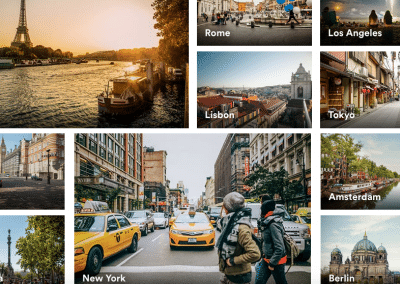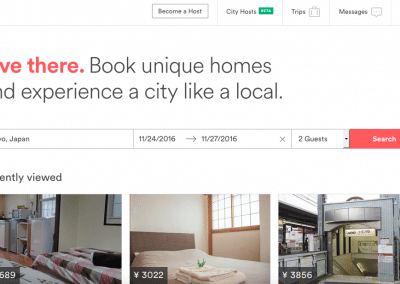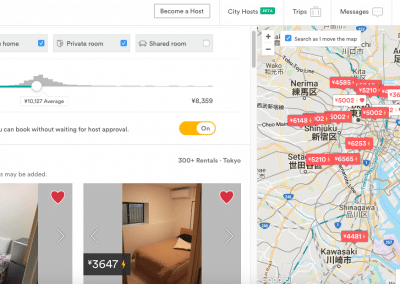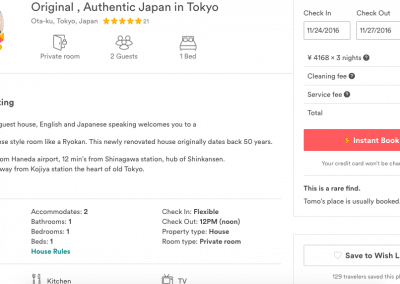
Uber Eats in Hong Kong … Nice try but no
Anyone who’s been in Hong Kong for a while either for business or pleasure is familiar with the sight of an orange Food Panda bike zipping around the busy streets, Uber Eats is an attempt by the popular ride sharing service to get a piece of the food delivery pie. Unfortunately it falls down in Hong Kong and here’s why.
We ordered a pizza from Jacomax, literally one minute walk away from our building mainly because Uber had a $150 first time discount coupon and also to try something new. On previous experience Jacomax are pretty speedy with cooking the pizza and Food Panda has delivered before in around twenty minutes. So all went well at first with the order process, the system itself looks like other food ordering apps, but then we waited….and waited. Waiting in itself is fine with order status updates but firstly the app was stuck on processing for around forty minutes and then to make matters worse there was no way of querying the status, none. Clicking on help for the order gave a blank screen with no possibility to get in touch to check what was happening. For a company of this huge size experienced in software development this is simply unforgivable.
Eventually after 55 minutes for an order that would normally take thirty minutes max on other services the status changed and the order was at the door a couple of minutes later. So what went wrong here? The problem is that Uber is using their drivers to deliver food. Anyone who has waited in Hong Kong for an uber that appears five minutes away and then takes fifteen to arrive can see where this is going. The driver based system is the problem. With a dedicated fleet of delivery riders on speedy mopeds other delivery services control this part of the process and can ensure it is efficient. Uber cannot. Simple.
So next time you are dying for a take out consider your options. It’s fine Uber decided to use this model of freelance drivers but what isn’t acceptable is for a company of this size to have such a poor app and ordering experience with no help available.

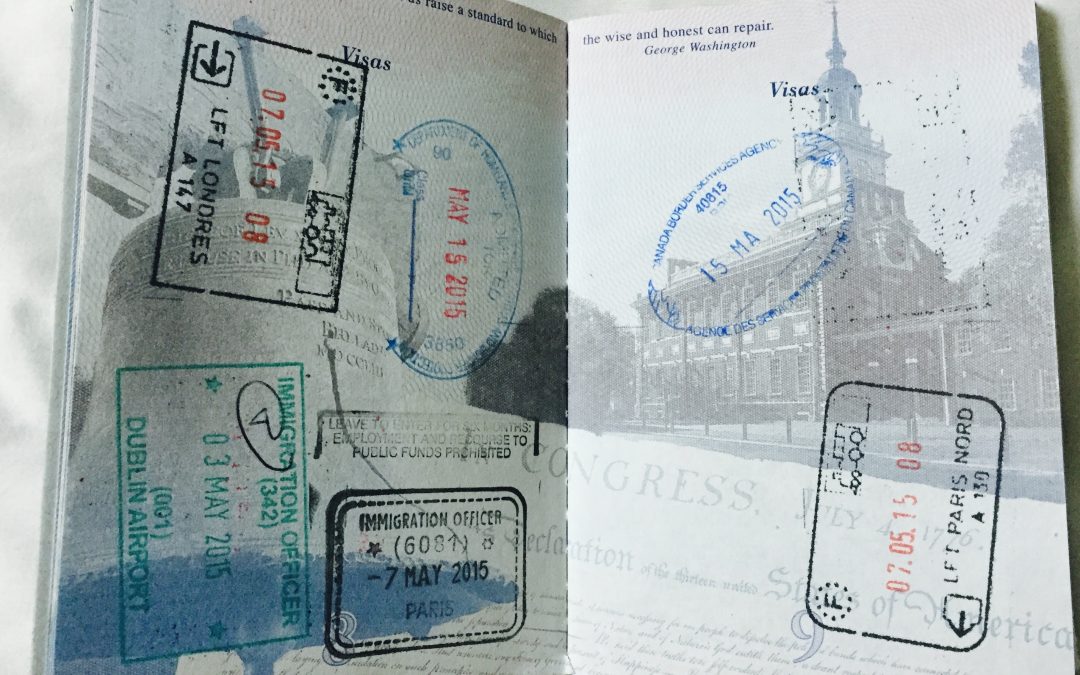
![{"total_effects_actions":0,"total_draw_time":99999,"layers_used":2,"effects_tried":0,"total_draw_actions":8,"total_editor_actions":{"border":0,"frame":0,"mask":0,"lensflare":0,"clipart":0,"text":0,"square_fit":0,"shape_mask":0,"callout":0},"effects_applied":0,"uid":"28FFB377-87C2-4948-8C1A-951F44930125_1477561280901","width":3264,"photos_added":0,"total_effects_time":0,"tools_used":{"tilt_shift":0,"resize":0,"adjust":0,"curves":0,"motion":0,"perspective":0,"clone":0,"crop":0,"enhance":0,"selection":0,"free_crop":0,"flip_rotate":0,"shape_crop":0,"stretch":0},"sources":[],"source":"editor","origin":"gallery","height":2448,"subsource":"done_button","total_editor_time":125,"brushes_used":1}](http://www.triplust.asia/wp-content/uploads/2016/10/1477561408878-300x225.jpg)
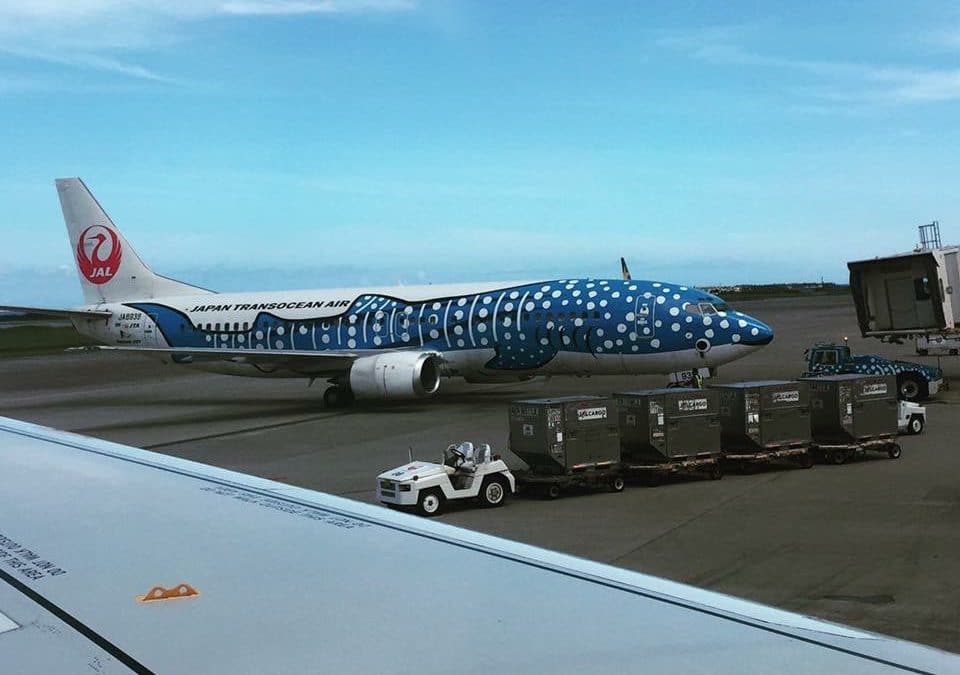
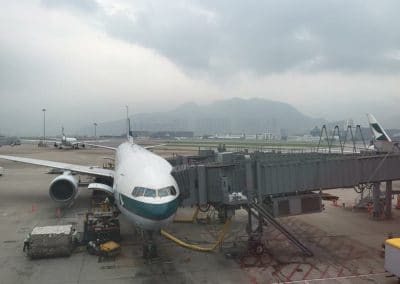



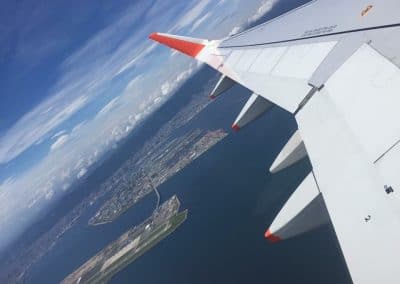

 Live like a local with Air BnB.
Live like a local with Air BnB.